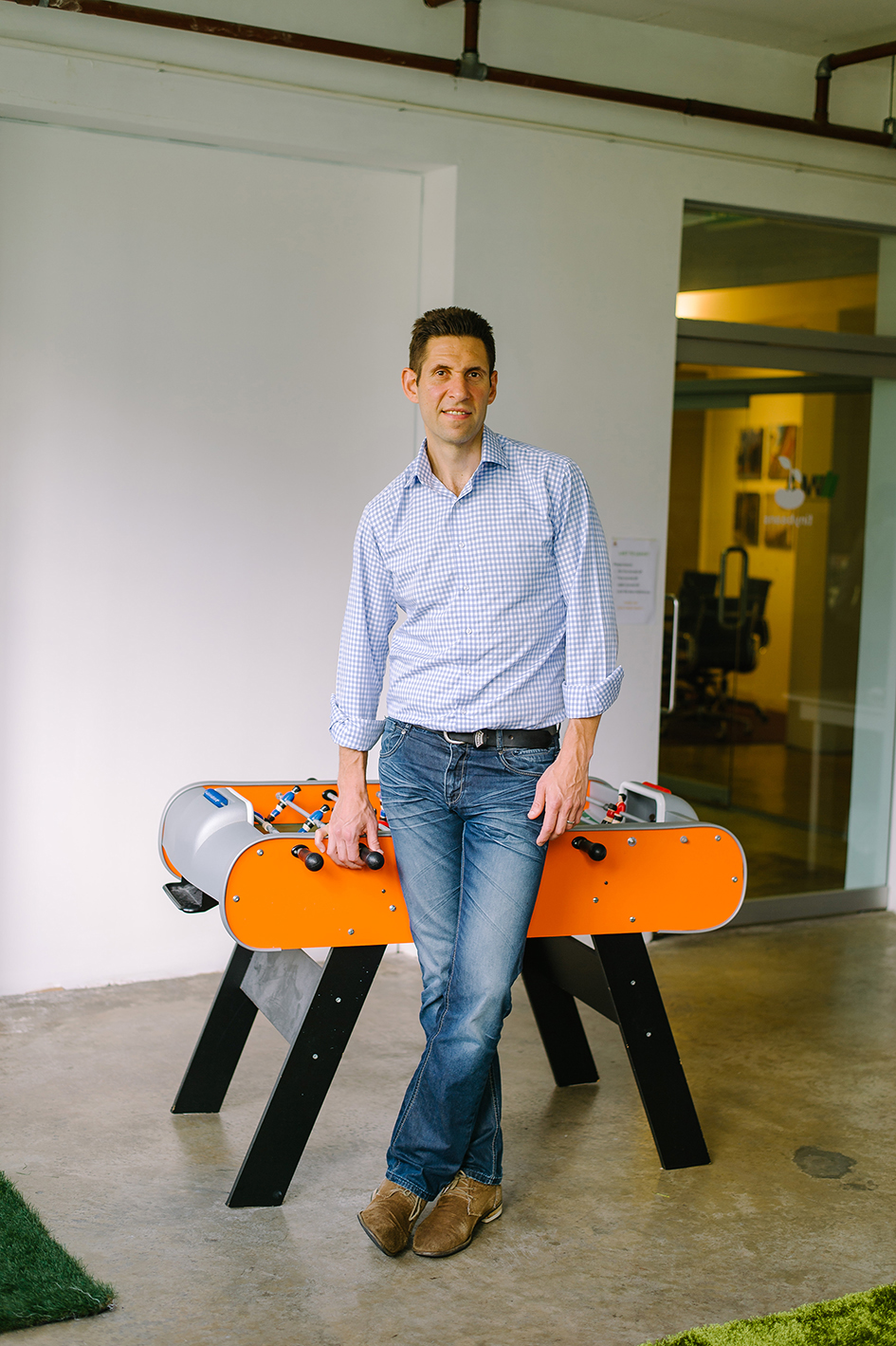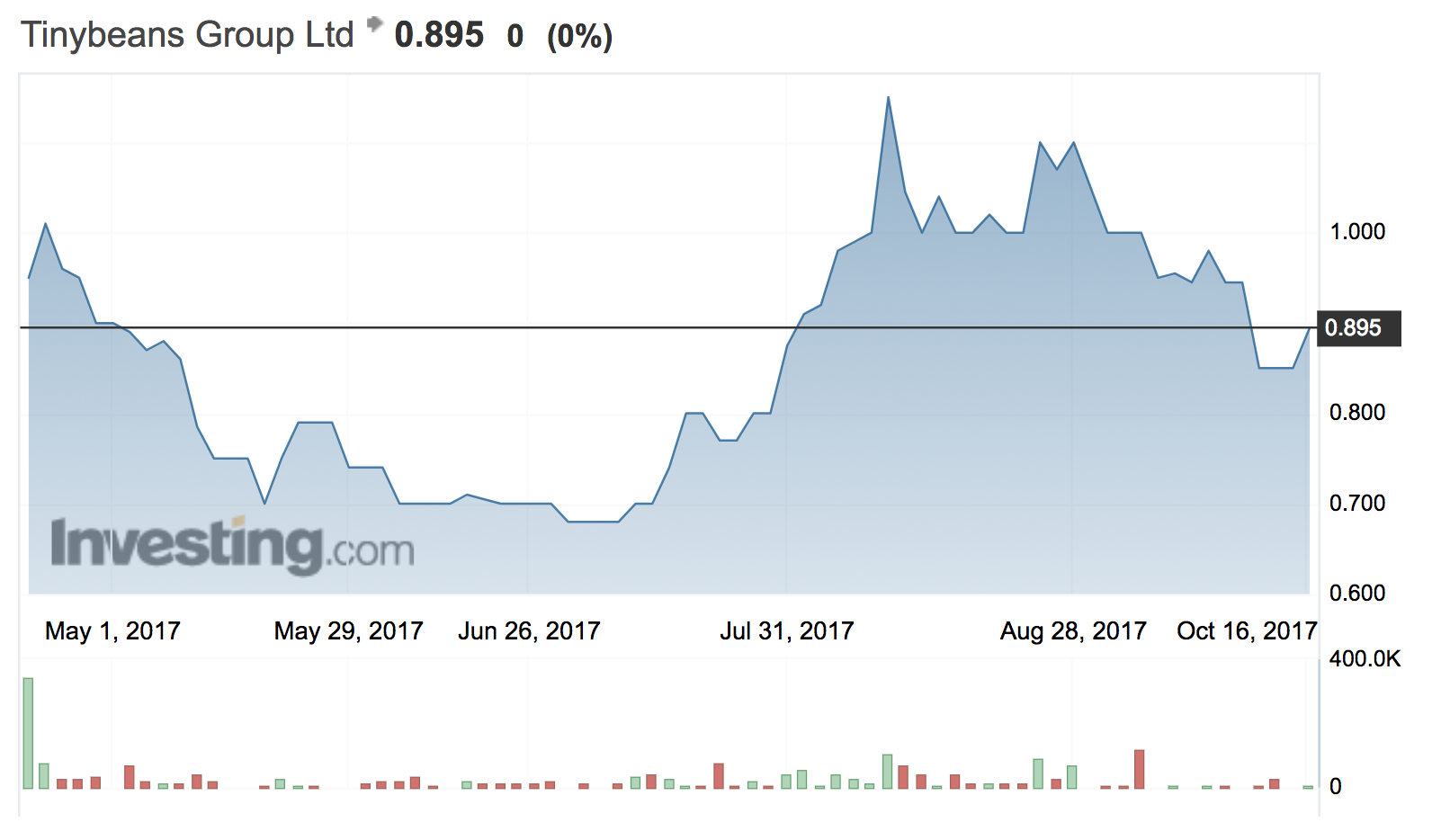Online baby book Tinybeans wants to build the ‘Internet of family’

There are smiles going about on Australian Strategic Materials' successful first day on the ASX Pic: Getty Images
Online baby book Tinybeans is building a beautiful walled garden for parents — and in the process collecting data that could be the foundation of a personalised marketplace of content, products and services.
Right now it’s the online equivalent of the baby books new parents fill in, catering to the ‘sharenting’ parents out there.
But chief executive Eddie Geller has a vision for much more — he’s building a “predictive modelling engine” to recommend the right product or information at the right time of the child’s life.
“Our mission is to connect products and services to a platform that can be personalised for the user,” Mr Geller told Stockhead.
“We want to build out the whole ecosystem [into] the ‘Internet of family’.”

Need a babysitter? The Tinybeans (ASX:TNY) algorithm — knowing everything about your child — will be able to recommend the perfect babysitter — rather than just the highest rated one.
Work on the algorithms started a few weeks ago, but it’s so new Mr Geller won’t speculate when it will be rolled out to users.
The service now uses 30 of about 250 data points that parents are prompted to update, from date of birth and gender, to baby’s first word and weight.
“Think of it a bit of a gold mine that we’re capturing every day and we’re thinking about ways to leverage that,” he said.
“It becomes this utility to not only capture memories but also other aspects of the child.”
Time to leverage momentum
Tinybeans has reached the point where it has to “start leveraging its momentum”, says Cyan Investment director Graeme Carson.
Mr Carson says Tinybeans has doubled the size of its team and now has to justify those higher costs by a commensurate rise in ad revenue and user base.
The user base has grown this year by about 10 per cent each quarter.
The algorithm will be “money well spent” if it can bring on more advertisers.

Tinybeans has four revenue streams: subscriptions from users, photo printing, data insights where they provide research on the habits of parents and their networks, and native ads which Mr Geller says is their biggest growth area.
The risks Mr Carson sees are twofold: that it’s targeting parents with babies which will grow up and make the app less appealing, and that people tail off as they get busier.
Parents will always take more photos of the first child than the second or third.
“With these businesses you’re looking for a network multiplier effect, but with this company people will drop off and won’t be replaced,” he said.
But Mr Geller hinted that they ultimately want to make the app a life-long service that will allow parents to follow their child from infancy to adulthood. The ability to track the child’s data is one feature to increase stickability.
Tinybeans’ cash burn is running at about $1 million a quarter, with receipts between $240,000 and $360,000.
Most of the company’s audience and revenue comes from the US.
Tinybeans listed at $1 in April, and closed on Wednesday at 89.5c, with a value $23 million.
UNLOCK INSIGHTS
Discover the untold stories of emerging ASX stocks.
Daily news and expert analysis, it's free to subscribe.
By proceeding, you confirm you understand that we handle personal information in accordance with our Privacy Policy.








